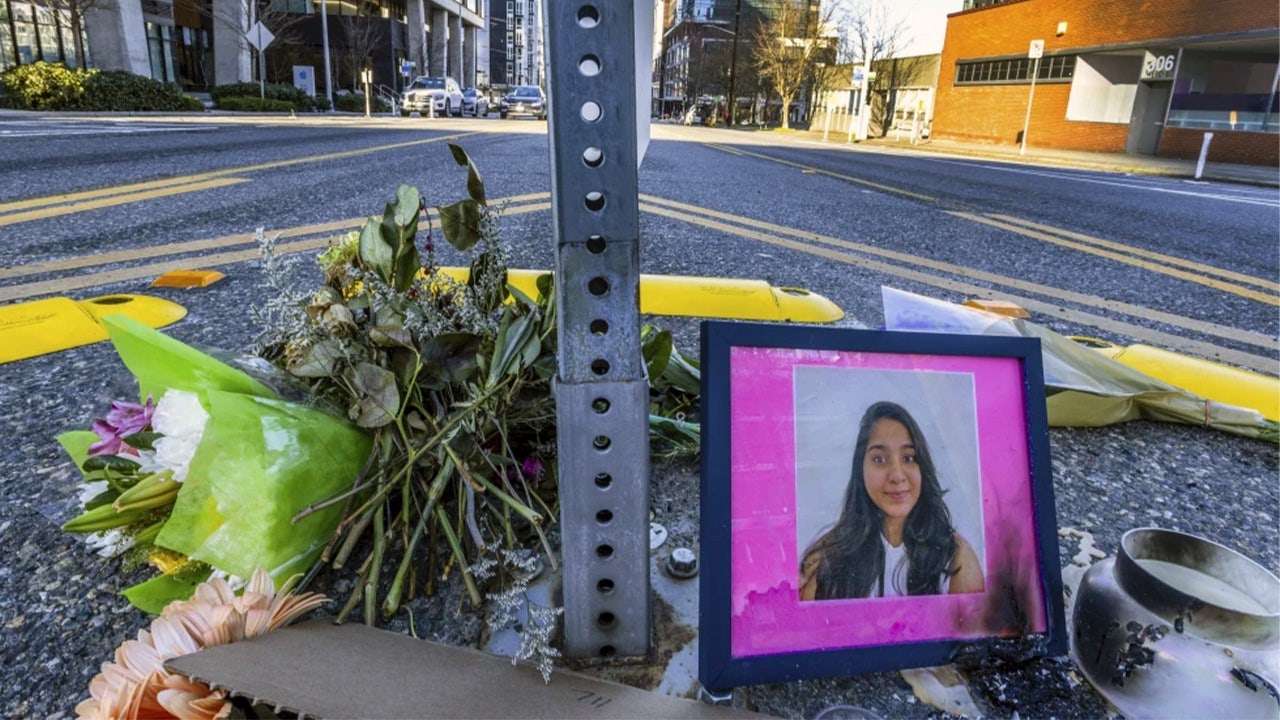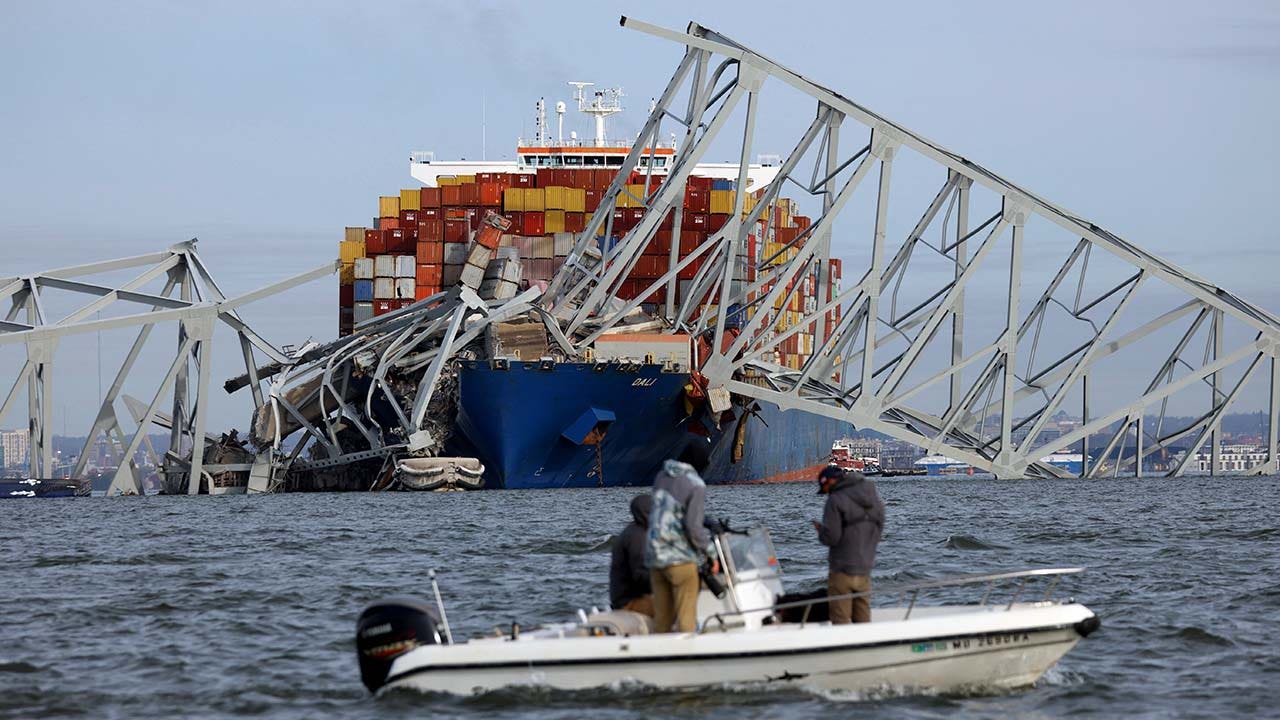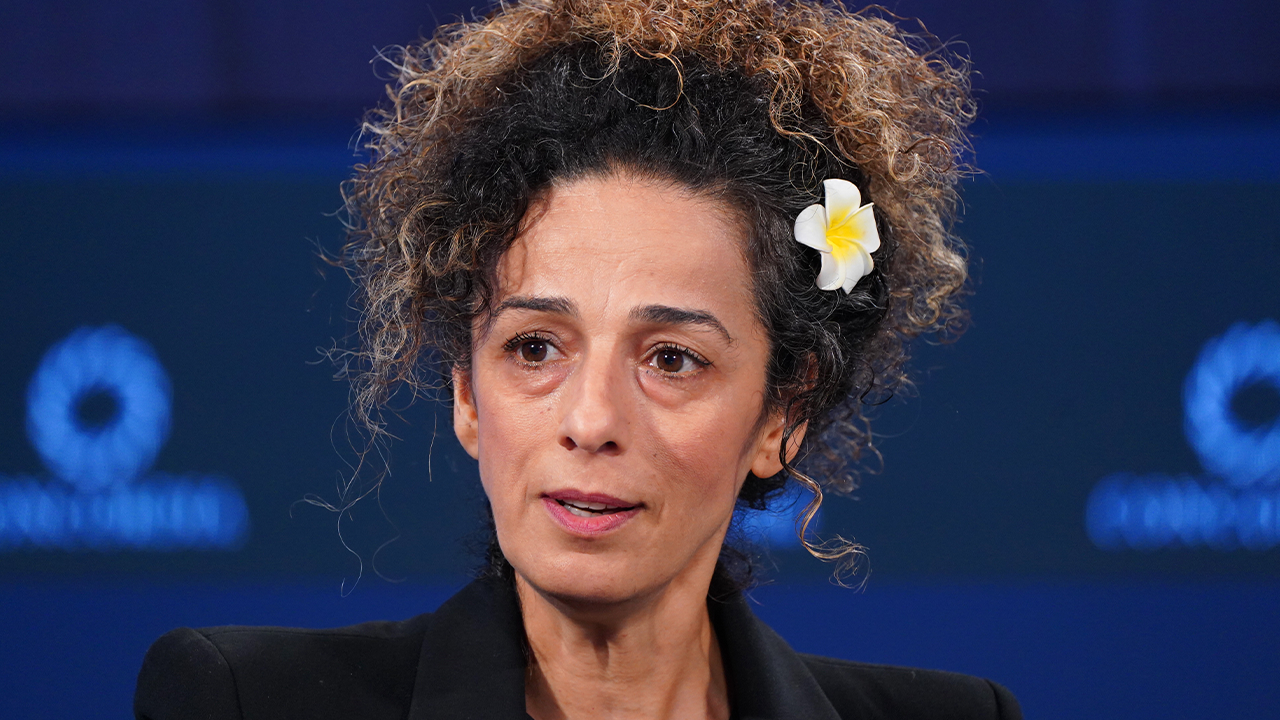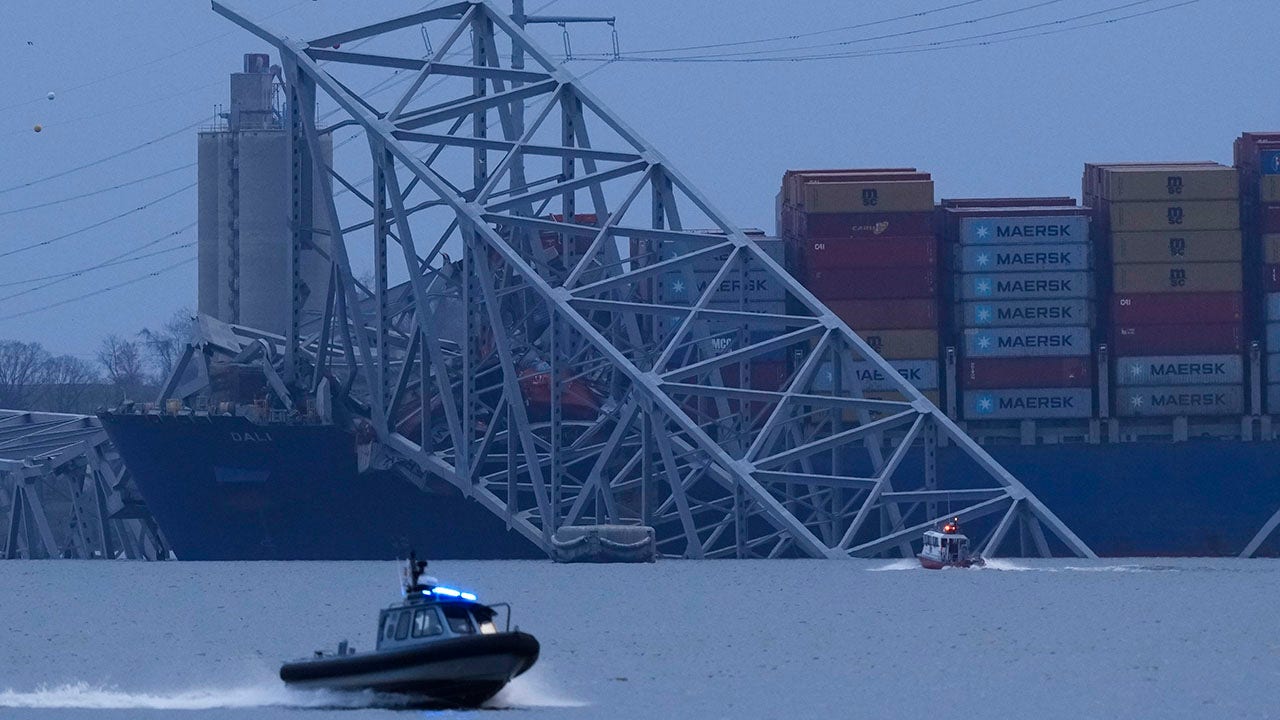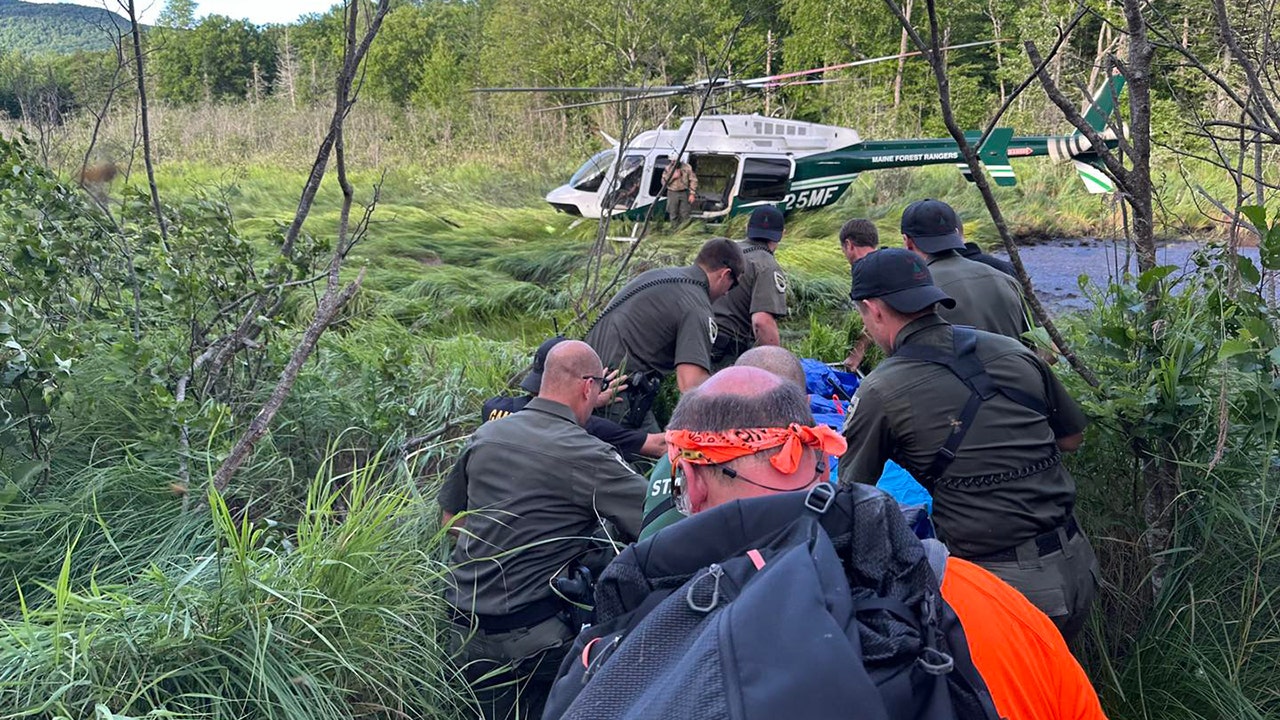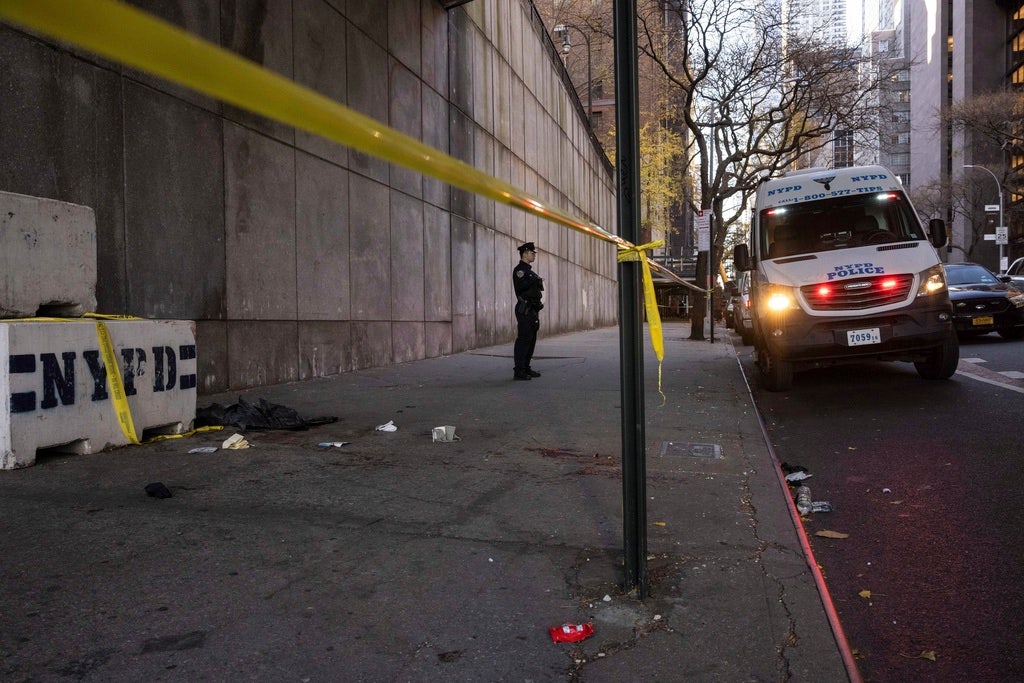President Biden said on Friday that he would travel to Baltimore next week as officials race to manage the fallout from the collapse of the Francis Scott Key Bridge.
The president will join Gov. Wes Moore of Maryland, a close political ally, as he visits the city a week after a cargo ship struck a pylon early Tuesday, plunging the bridge into the water below. The bodies of two construction workers who were fixing potholes on the bridge have been recovered, and four others are presumed dead.
The disaster has paralyzed shipping in and out of the Port of Baltimore. The Biden administration has scrambled officials from multiple agencies — including the Transportation Department, the Coast Guard, the Army Corps of Engineers and the National Transportation Safety Board — to investigate and begin the major task of clearing the wreckage and restoring traffic through the shipping channel.
On Thursday, the administration announced it would provide $60 million in “quick release” emergency relief that it described as “a down payment toward initial costs.” Mr. Biden has said the federal government would “pay the entire cost of reconstructing” the bridge.
The visit comes as state and federal officials have raised alarms over the potential economic hardships that the port’s closure could have on both port workers and the regional economy.
On Wednesday, Transportation Secretary Pete Buttigieg told reporters that around 8,000 workers associated with the port could soon see work evaporate with no ships arriving. Typically, $100 million to $200 million in goods pass through the port daily, and roughly $2 million in wages are at stake each day the port is closed, he said.
Maryland lawmakers have said they are drafting an emergency bill to help guard against lost wages for around 15,000 workers that could be directly or indirectly affected.
Many of those affected are also union workers, whose cause Mr. Biden has often taken up as a fierce proponent of organized labor.
On Thursday, the Transportation Department convened a meeting with port administrators, labor leaders and industry groups to discuss possible supply chain disruptions and plan how to redirect traffic while shipping in and out of Baltimore is suspended.

